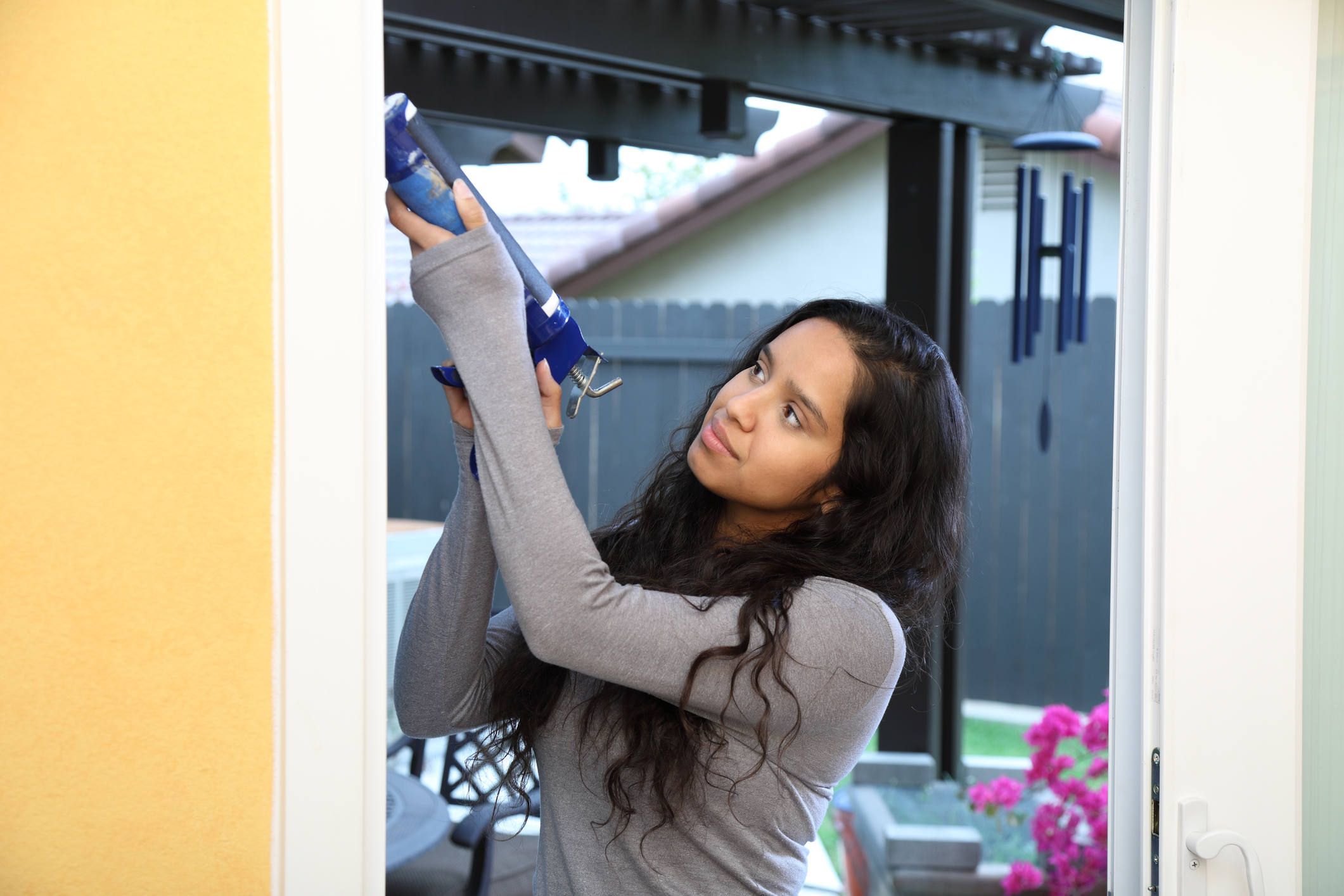Air leaks within a home can waste a significant amount of energy as well as increase your energy costs. However, before you start sealing air leaks consider if a professional energy assessment is right for your home, which can help you identify all the opportunities to save both energy and money.
Reducing the amount of air that leaks in and out of your home is cost-effective way to reduce both your heating and cooling costs, provide greater comfort, improve durability, and contribute to a healthier indoor environment. Both caulking and weatherstripping are easy and effective air-sealing strategies that yield a quick return on your investment. Caulking is typically used for cracks and openings between stationary components, such as around doors and window frames, and weatherstripping is applied to seal components that move, such as operable windows and doors.
Whether it is allowing hot air to infiltrate during the summertime, or cold drafts entering the home in the cooler seasons, one of the easiest energy-and money savings projects you can do is caulk, seal, and weather strip all cracks and large openings to the outside.
When determining how much caulking your project may require, consider you will most likely require a half-cartridge per window or door, and four cartridges for the foundation sill.
SUGGESTED SHOPPING LIST
- Caulk gun
- Caulk for sealing windows and doors
- Putty knife (for removing old caulking)
- Flashing material for larger openings
- Rag for cleanup


